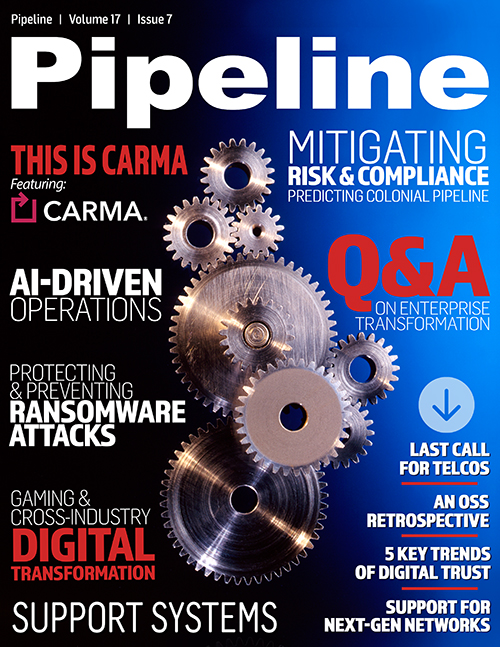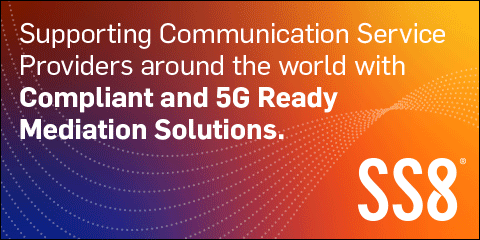Mitigating Risk & Compliance
By: Dr. Cemal Dikmen, CTO, SS8 Networks
 It has been said that nothing is constant except for change. But not all change is the same and the pace of change we are now seeing is very different than what we’ve seen before, presenting both
new opportunities and challenges.
It has been said that nothing is constant except for change. But not all change is the same and the pace of change we are now seeing is very different than what we’ve seen before, presenting both
new opportunities and challenges.
The evolution of technologies we’ve seen over the last decade or two has been exponential and is having a compounding effect. We’ve seen dramatic increases in storage capacity, bandwidth, and computing power. Add to this the evolution of mobile technologies as we quickly progressed from 2G, to now 5G, at an incredible pace. Then, layer on top of this technology drivers such as e-commerce; mobile device proliferation; the Internet of Things (IoT); cloud, containerization, and virtualization; software-defined networking (SDN), automation, machine learning (ML), and artificial intelligence (AI) – and it starts looking a lot less like change, or evolution, and a lot more like combustion. It would be like if the advent of human flight, nuclear fusion, genetic engineering, rocket fuel, and space travel occurred at the same time as that of the advent of the wheel. Certainly, this would have created an explosion of new opportunities and, with it, an abundance of risk.
Multi-dimensional risk factors
Each facet of these advancing technologies comes with their own unique and inherent risk profiles. Our dependency upon them as well as the mission-critical nature of their use cases only
exacerbates these risks. 5G, for example, has its own, unique risk factors – but add to that the use case of self-driving cars or smart utility grids, and the risk is significantly
amplified. Similarly, the explosion of the IoT creates unique vulnerabilities, but then consider the use case for remote surgery or insulin pumps and risks increase exponentially. In addition,
the rate or speed of adoption across all these technologies is being driven by a seemingly insatiable demand with enterprises and service providers struggling just to keep up, focusing primarily
on implementing the required infrastructure needed to capitalize on these emerging opportunities.![]()
SS8 Networks - Global Provider of Lawful Intelligence
At SS8, it is our mission to help make the world a safer place. Trusted for over 20 years, SS8 is a leading provider of Lawful
Intelligence solutions used to extract and analyze critical data needed for investigations into criminal and terrorist activities. We work with Communication Service Providers to
ensure they are compliant with Lawful Interception regulations and with Law Enforcement agencies, so they have the best information possible with real-time
visibility.
Government regulators are tasked with developing broad-reaching requirements to mitigate risk to citizens, businesses, economies, and even entire countries. There is just one problem. The regulators are less concerned about the underlying technologies, and much more concerned about the consequences. In the case of terrorism, they don’t care about how you are delivering your services, they care about stopping the threat through effective lawful intercept. They don’t care if a self-driving truck is using 5G connectivity, they care about stopping someone who may have loaded it with explosives and now has control over where it goes. And, while that may seem farfetched now, it’s not as unrealistic as you might think.




















